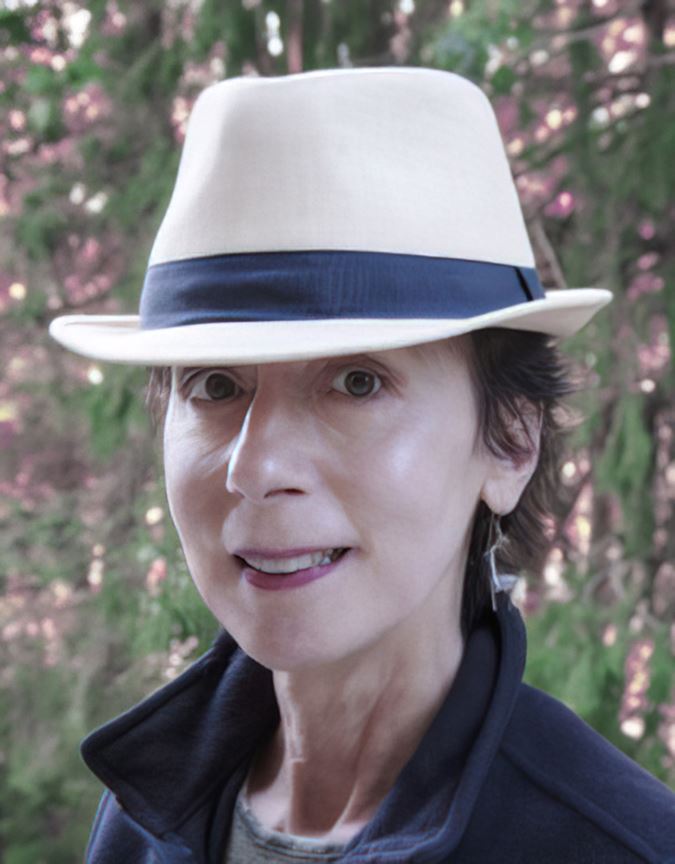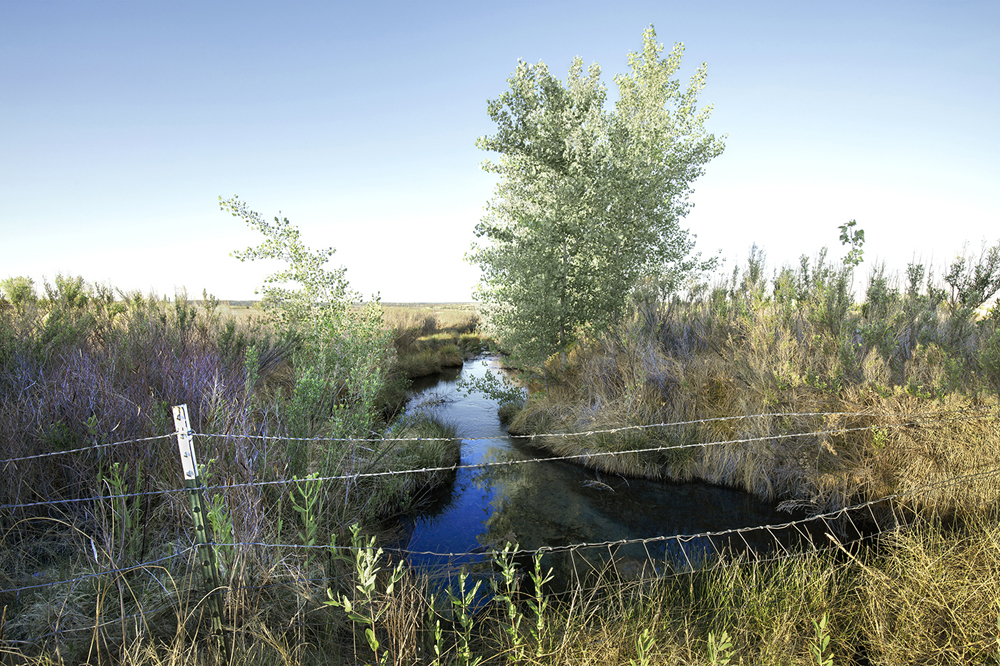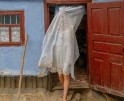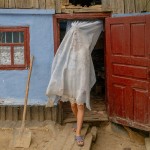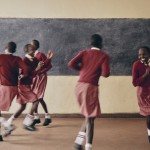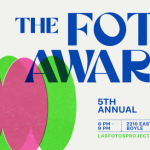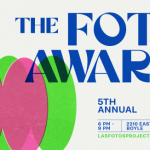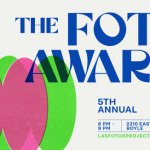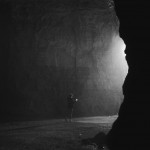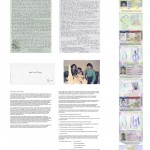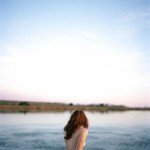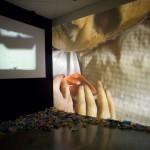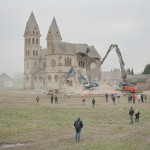CENTER Launch Grant: Bremner Benedict – Hidden Waters, Arid Land Springs in the American West
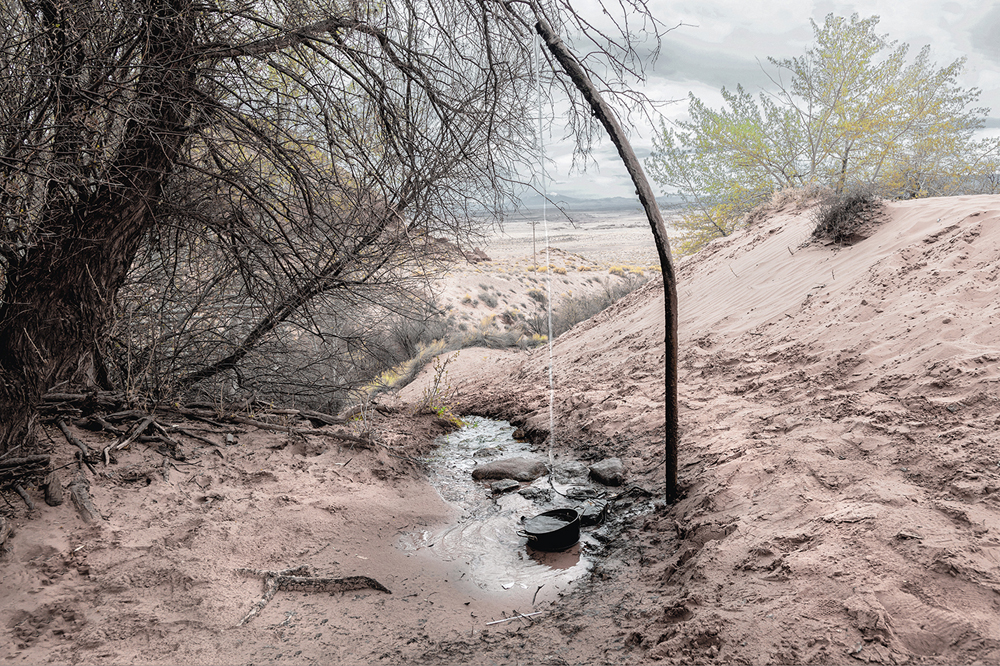
©Bremner Benedict, Steel Pipe from Abandoned Trading Post on the Mormon Honeymoon Trail, Unnamed Spring, Navajo Nation, AZ
 Congratulations to Bremner Benedict for being selected for CENTER’s Project Launch Grant recognizing her project, Hidden Waters, Arid Land Springs in the American West. The Project Launch Grant supports a complete or nearly completed documentary or fine art series. The grant provides financial support and platforms for professional development opportunities for one photographer. The grant includes a $5,000 cash award, Mentorship, Professional Development Workshop Admission, Complimentary participation and presentation at Review Santa Fe, Group Exhibition of Award & Grant Winners at the Turchin Center for the Visual Arts, Project Publication in Lenscratch & Feature Shoot, and inclusion in the CENTER Image Library & Archive.
Congratulations to Bremner Benedict for being selected for CENTER’s Project Launch Grant recognizing her project, Hidden Waters, Arid Land Springs in the American West. The Project Launch Grant supports a complete or nearly completed documentary or fine art series. The grant provides financial support and platforms for professional development opportunities for one photographer. The grant includes a $5,000 cash award, Mentorship, Professional Development Workshop Admission, Complimentary participation and presentation at Review Santa Fe, Group Exhibition of Award & Grant Winners at the Turchin Center for the Visual Arts, Project Publication in Lenscratch & Feature Shoot, and inclusion in the CENTER Image Library & Archive.
JUROR: Anne Kelly, Gallery Director at photo-eye Gallery shares her thoughts on this selection:
Why do people make photographs? Photography is a visual language that has the power to communicate the maker’s experiences/thoughts. As Center’s 2023 Launch Grant Juror, I had the opportunity to experience a wide range of ideas through the lens of hundreds of photographers, including personal stories, current events, calls to action, and overlooked beauty in everyday life, to name a few.
It was an honor to have the opportunity to provide support and spotlight a project. That said, it wasn’t an easy choice due to the wide range of work submitted. When viewing images, there is a range of criteria that I am looking at – first and foremost is how the photographs make me feel. Following my gut reaction is how the images work individually and as a body of work. I consider the compositions, use of color or tonal ranges of black and white works, and lighting. I choose to look at images before reading the statement because I want the text to add a deeper level of appreciation but not be necessary to understand what the photographer is attempting to communicate. I believe that the most successful photographs mirror their creator and the world around them – so I am looking for a bond between the photographer and their subject. Bonds like this take time and a healthy amount of obsession to establish.
The project I selected addresses Water – a vital element for every human, plant, and animal. Bremner Benedict’s “Hidden Waters” is a project focused on desert springs in the American West and Northern Mexico, calling attention to desert waters with the hope of conservation. The use of color in this project intrigues me; the landscapes are composed of subtle desert shades and showcase the water like the rare jewel it is. Being a desert dweller myself, this is a project that I relate to, but it also deepened my understanding of the subject and caused me to think. I would imagine that when Bremner Benedict began this project, she had the same experience.
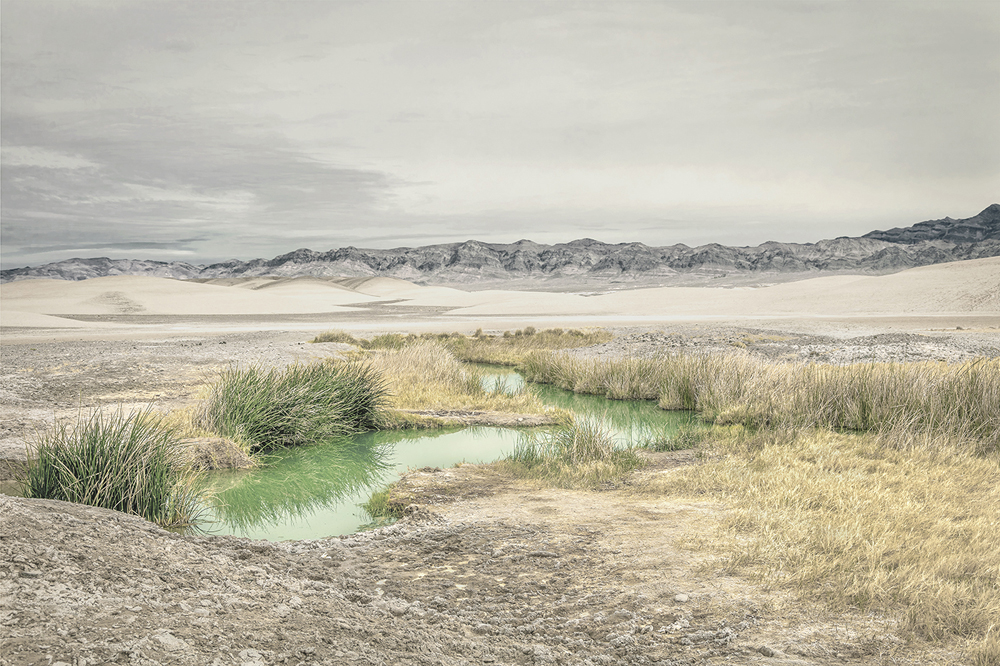
©Bremner Benedict, Man-made Water Exploration Borehole, Tecopa Hot Springs, Mojave Desert, Tecopa, CA
Anne Kelly is the Director of photo-eye Gallery in Santa Fe, NM, and has been with the company since 2006, producing and installing over 80 exhibitions. Established in 1991, photo-eye Gallery is a premier contemporary photography gallery representing both established and emerging photographers. Her interest in photography developed at an early age, influenced by her mother’s love for the medium. In addition, Kelly is a highly engaged portfolio reviewer for several arts groups and organizations across the country, both in-person and online, providing feedback, critique, and discourse. As an active supporter of the arts, Kelly has been described as enthusiastic, tenacious, and curious and is an occasional contributor to Analog Forever Magazine.
_____________________
Bremner Benedict’s projects center on the role that landscape plays in the human experience. Her focus is on unrecognized, under-valued yet important elements of the natural world. Her earlier projects, range from the role of landscape in creating memory – Distant Places; to electrical towers interruption of the American Western landscape – Gridlines; to a child’s imaginary play in natural history dioramas – Field Trip, Re-Imagining Eden; Benedict’s recent work – Hidden Waters combines art and science to envision the impacts of climate change and overuse on endangered arid-land springs in the American West.
Benedict’s images are at Fidelity Art Boston; Center for Photography, Tucson; Florida Museum of Photographic Arts; New Mexico Museum of Art; Decordova Museum of Art and Sculpture; Harvard’s Fogg Museum; and George Eastman Museum. Solo exhibitions include the Florida Museum of Photographic Arts; Griffin Museum of Photography at Stoneham; Texas Woman’s University, Denton, TX; and Philadelphia Print Center. Hidden Waters archive resides in the Museum of Art & Environment, Reno, Nevada; Benedict is a member of Blue Earth Alliance.
Recent awards include Juror’s Award, Karen Haas Juror, Conversations with the Land, Center for Creative Photography, 2021; Massachusetts Cultural Council Finalist 2021; Juror’s Honorable Mention, 2021, Art and Science 2, A. Smith Gallery 2021; Critical Mass Top 200, 2019; the FENCE, New England, 2019; Legacy Award, Griffin Museum of Photography; two Puffin Foundation Grants; and two residencies one at the Museum of Northern Arizona 2011, and one at Joshua Tree Highlands Residency in 2022; solo exhibitions at Texas Women’s University, and Philadelphia Print Center. Photographer Mark Klett chose Quitobaquito Springs for inclusion in his book – Wild Visions.
Follow Bremner Benedict on Instagram: @bremnerbenedict
Hidden Waters, Arid Land Springs in the American West
Since prehistoric times springs have been key to humanity’s survival. Unfortunately, arid and semi-arid land springs, and their supporting aquifers in North America are endangered and disappearing at a rate that continues to increase as the water crisis in the West prevails across lands that are the driest they have been in 1,200 years. Being an artist who is passionate about the water crisis and water scarcity in the West, I am drawn to their story as unseen yet essential details whose importance is misunderstood.
Living on the Colorado Plateau I was struck by the contrast between spring-fed oases and their parched surroundings. I noticed how a landscape of drought and aquifer overuse can drain color out of the environment. The toned colors of Maynard Dixon’s Western landscape paintings provided my inspiration to use color to imply the vulnerability and precarious future of dry land springs. This series is an intersection of art and ecology where I interpret scientific data visually and viscerally to humanize its complexity, while at the same time addressing a wider view of climate change and its impacts on dry land springs by making them feel accessible and personal in order to encourage engagement in their stewardship.
Currently, there is a lack of public information on the importance of these waters and the need for their protection; conservation is inconsistent at best. Springs continue to hold vital clues to the health and longevity of the underground aquifers we depend on, and the loss of these significant ecosystems will continue to threaten our ability to live in dry places. If we want any chance to combat the climate crisis, then the importance of recording these last few ecological sites before they are gone, and capitalizing on these opportunities to raise awareness, cannot be understated. The time is now. – Bremner Benedict
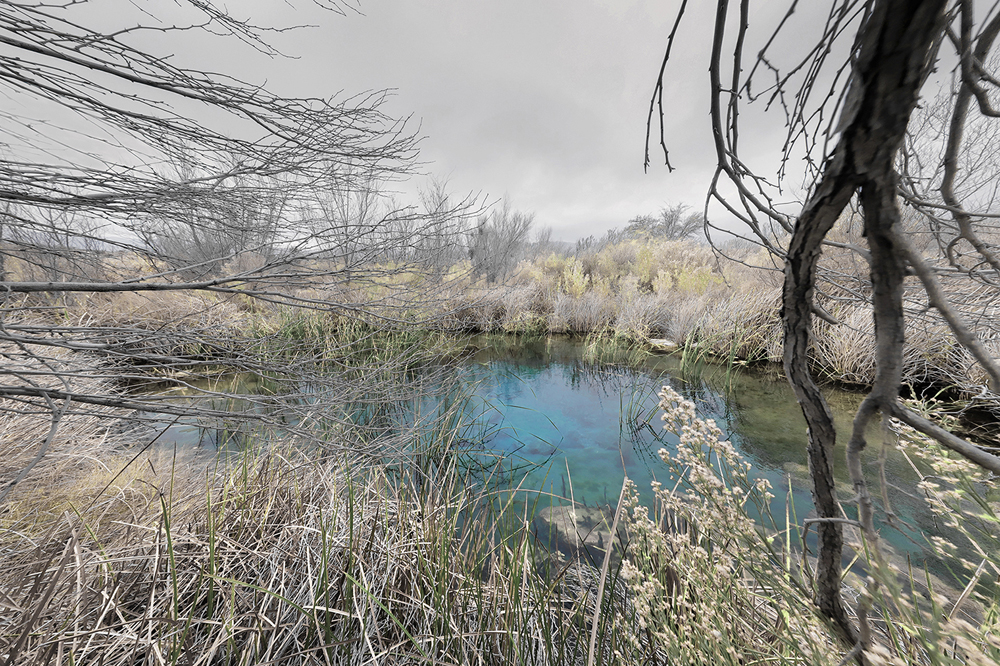
©Bremner Benedict, Rainy Morning at Cattail-CHoked Longstreet Spring, Largest Remaining Oasis in Mojave Desert, Ash Meadows National Wildlife Refuge, Mojave Desert, NV
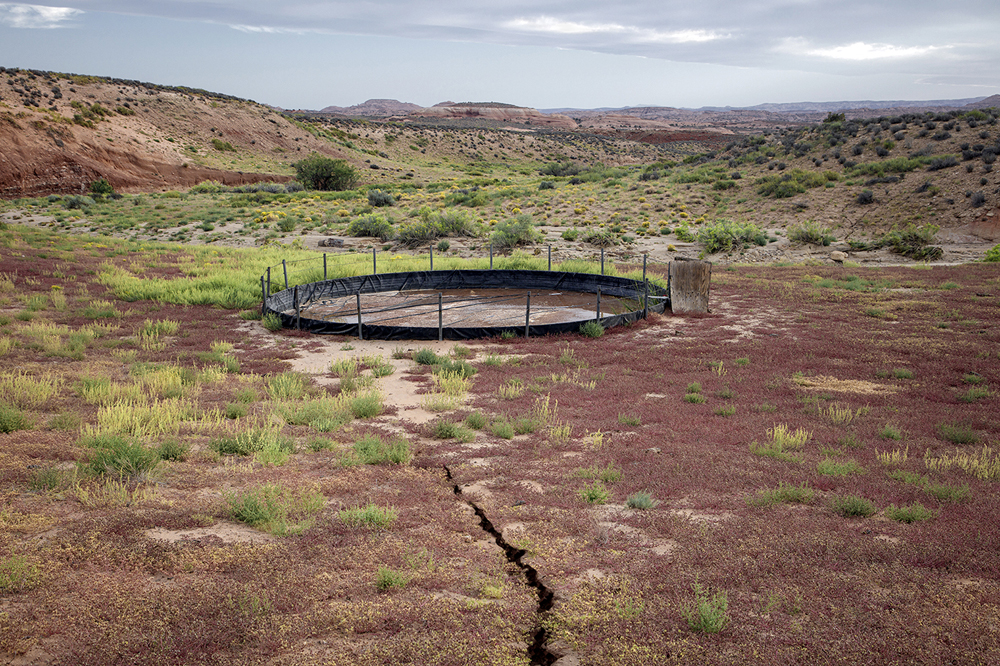
©Bremner Benedict, Abandoned Cattle Watering Trough with Dry Earth Crack on Hole-in-the-Wall Mormon Trail, Liston Seep, Colorado Plateau, UT
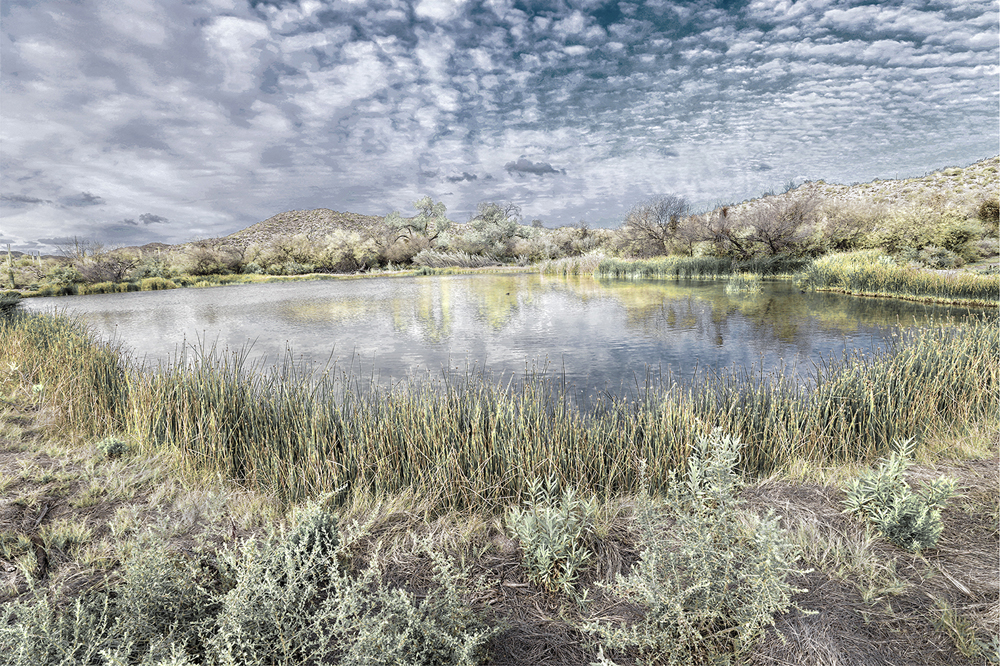
©Bremner Benedict, Stop on the Tohono O’odham Nation’s Sacred Salt Pilgrimage Trail at 16,000-year-old Quitobaquito Springs, US/Mexico Border, Sonoran Desert, AZ
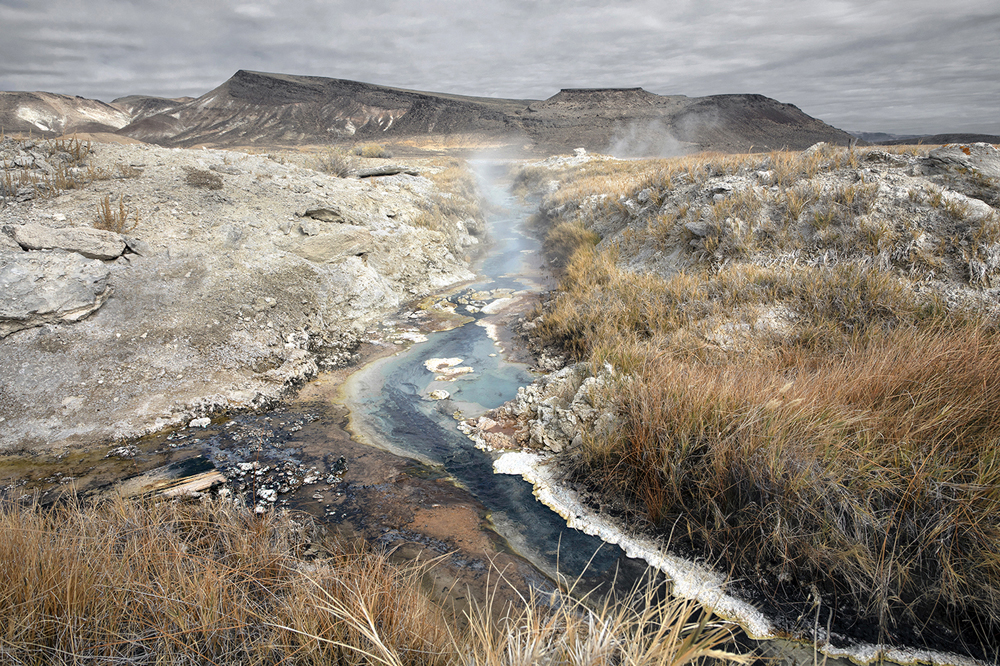
©Bremner Benedict, Wood Beam from Geothermal Mine, Pinto East Hot Springs, Black Rock Desert, Great Basin, NV
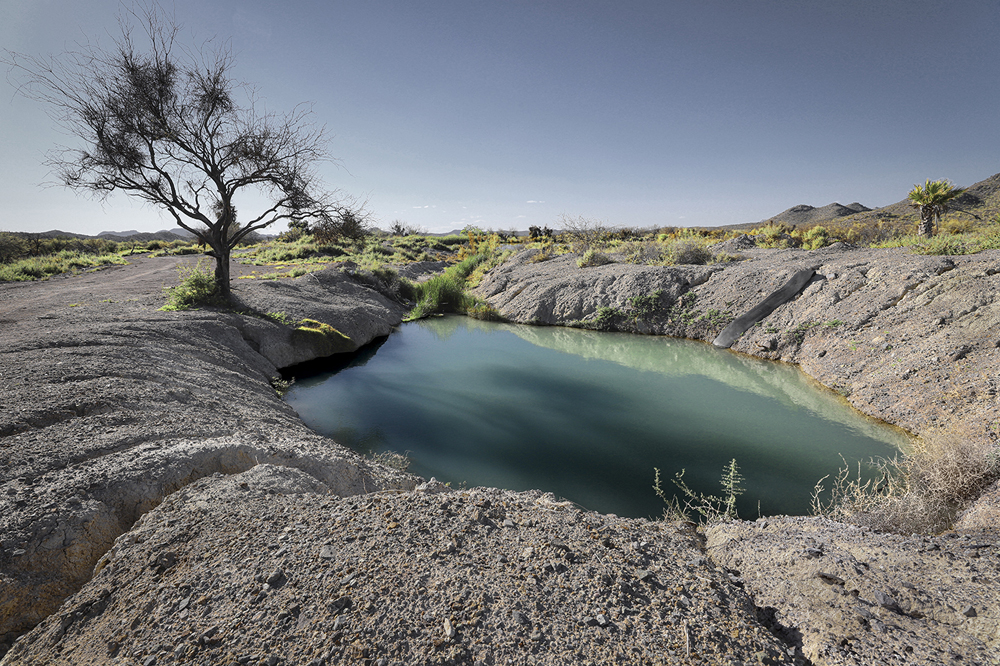
©Bremner Benedict, O’odham Sacred Site Quitovac Springs in Gold Mine District, Sonoran Desert, SN, MX
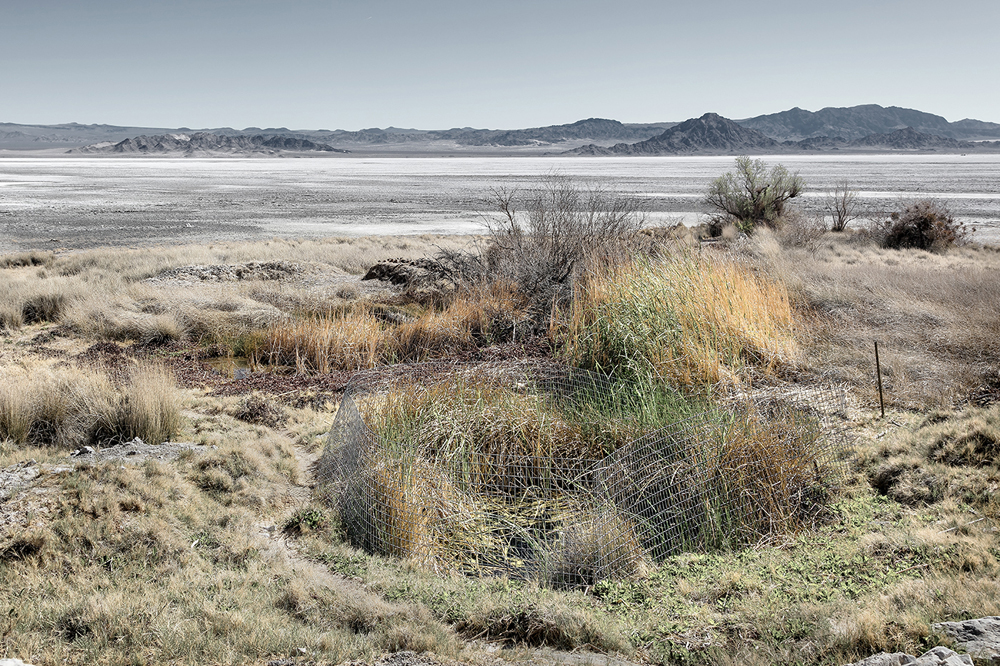
©Bremner Benedict, Old Spanish Trail Oasis and Home of the Rate Endangered Mohave Tui-Chub Fish MC Springs, Soda Lake, Zzyxz, Mojave Desert, CA
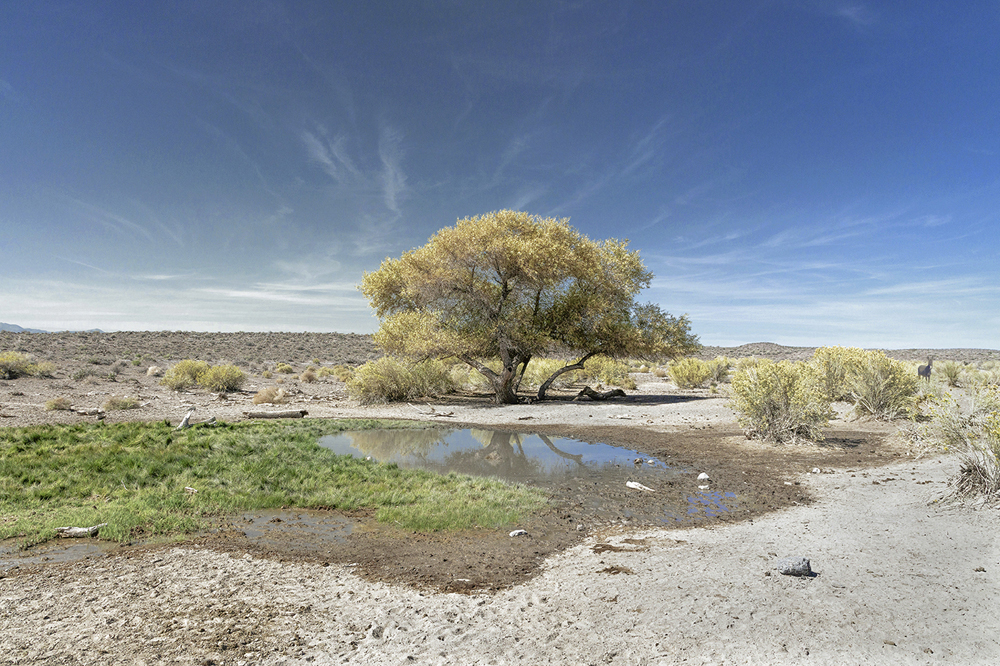
©Bremner Benedict, Wild Burro Standing in the Bursh at Hoof-trampled No Name Seep, Oasis Valley, Mojave Desert, NV
About CENTER
Founded in Santa Fe, New Mexico, in 1994, the 501(c)(3) not-for-profit organization CENTER supports socially and environmentally engaged lens-based projects through education, public platforms, funding, and partnerships.
Image-making holds a unique power to confront audiences with uncomfortable truths, advance cultural understandings, and promote social justice. Through our advancement of artists and their work, CENTER serves to deepen public understanding of lens-based media’s complex history and ongoing cultural significance. By establishing trans-disciplinary partnerships between artists and justice-driven communities, historians, cultural critics, students, and the art world, they honor our unique role in advancing projects that respect all people, open minds, and engage our shared humanity.
Characterized by a community of gifted and committed photographers, CENTER has proven for the last 29 years that it can help photographers and lens-based artists grow into their full potential. CENTER programs foster insights and actualizations that ripple and impact all involved by providing platforms where the creative impulse can be engaged and challenged.
ANNUAL PROGRAMS | Includes the Project Launch Grant, Project Development Grant, Me&Eve Grant, the three CENTER Awards: Personal, Social and Environmental, the Excellence in Multimedia Storytelling Award, Santa Fe Fellowship, Callanan Excellence in Teaching Award, and the Review Santa Fe Photo Symposium. Public exhibitions, educational presentations, and expositions of the work are held in conjunction with the awards, grants, and Review Santa Fe. These programs are open for submission to international and national photographers and lens-based artists during our annual Calls for Entry.
Follow CENTER on Instagram: @centersantafe
Posts on Lenscratch may not be reproduced without the permission of the Lenscratch staff and the photographer.
Recommended
-
The International Women in Photo Association Awards: Lorraine Turci: The Resilience of the CrowMarch 16th, 2024
-
The International Women in Photo Awards: Natalia Garbu: Moldova LookbookMarch 15th, 2024
-
The International Women in Photo Association Awards: Rayito Flores Pelcastre: Chirping of CricketsMarch 14th, 2024
-
The International Women in Photo Association Awards: Alena Grom: Stolen SpringMarch 13th, 2024
-
The International Women in Photo Association Awards: Louise Amelie: What Does Migration Mean for those who Stay BehindMarch 12th, 2024

